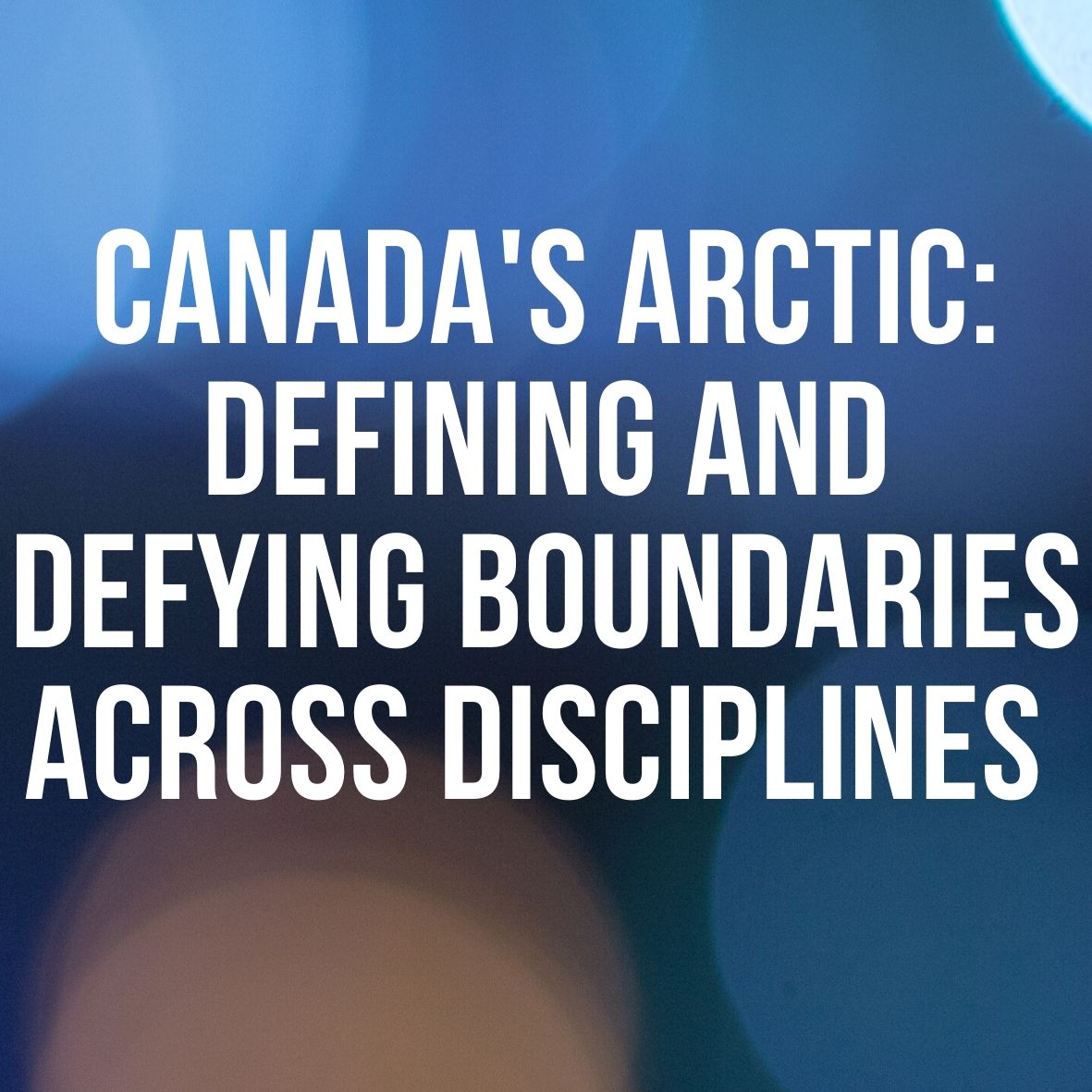
(Sponsored by the ICE Lab)
This panel will explore the implications of shallow and deep hydrologic processes on sustainable resource development and mine waste management in the Arctic. Combining our three research areas (civil engineering, geology and hydrology) within the context of the Arctic, we will discuss the current state of knowledge in Arctic hydrology and hydrogeology, and address how cold region processes might influence the design of mine waste storage facilities. Matthew, who is pursuing a PhD in civil engineering with a focus on geoenvironmental engineering, is currently researching the long-term performance of landfill liners called “geomembranes” which are increasingly being used to store mining wastes in the Arctic. Maia and Tabatha are MSc candidates working in the Environmental Variability and Extremes laboratory in the department of Geography, but come from different backgrounds. Maia has focused her studies and work experience in geology and is currently researching how differing geologic and permafrost settings affect deep groundwater under High Arctic lakes. Tabatha, on the other hand, has spent two summers doing remote field work in northern regions and is now studying hillslope hydrology in High Arctic mineral soils. Together, we will highlight the importance of bridging knowledge from engineering, hydrogeology and physical geography in High Arctic landscapes.
Moderator and Team Member: Mark Ouseley
- The properties and function of high velocity subsurface water flows in slope hydrology in the Canadian High Arctic (Tabatha Rahman, Geography and Planning)
- The long-term performance of mine waste storage facilities in the Canadian Arctic (Matthew Clinton, Civil Engineering)
- Effects of localized groundwater seepage on water properties in High Arctic lakes (Maia Somers, Geography and Planning)
Bed Music [Short Orchestral] by toam on Freesound: http://www.freesound.org/people/toam/
Podcast: Play in new window | Download
Subscribe: Apple Podcasts | Spotify | RSS | More
